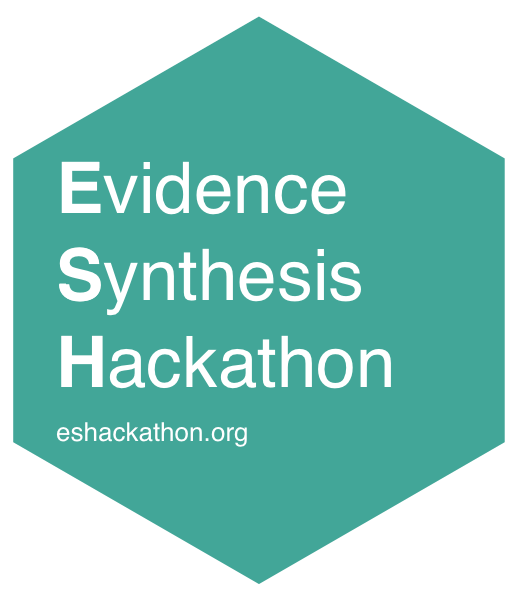Language: JavaScript
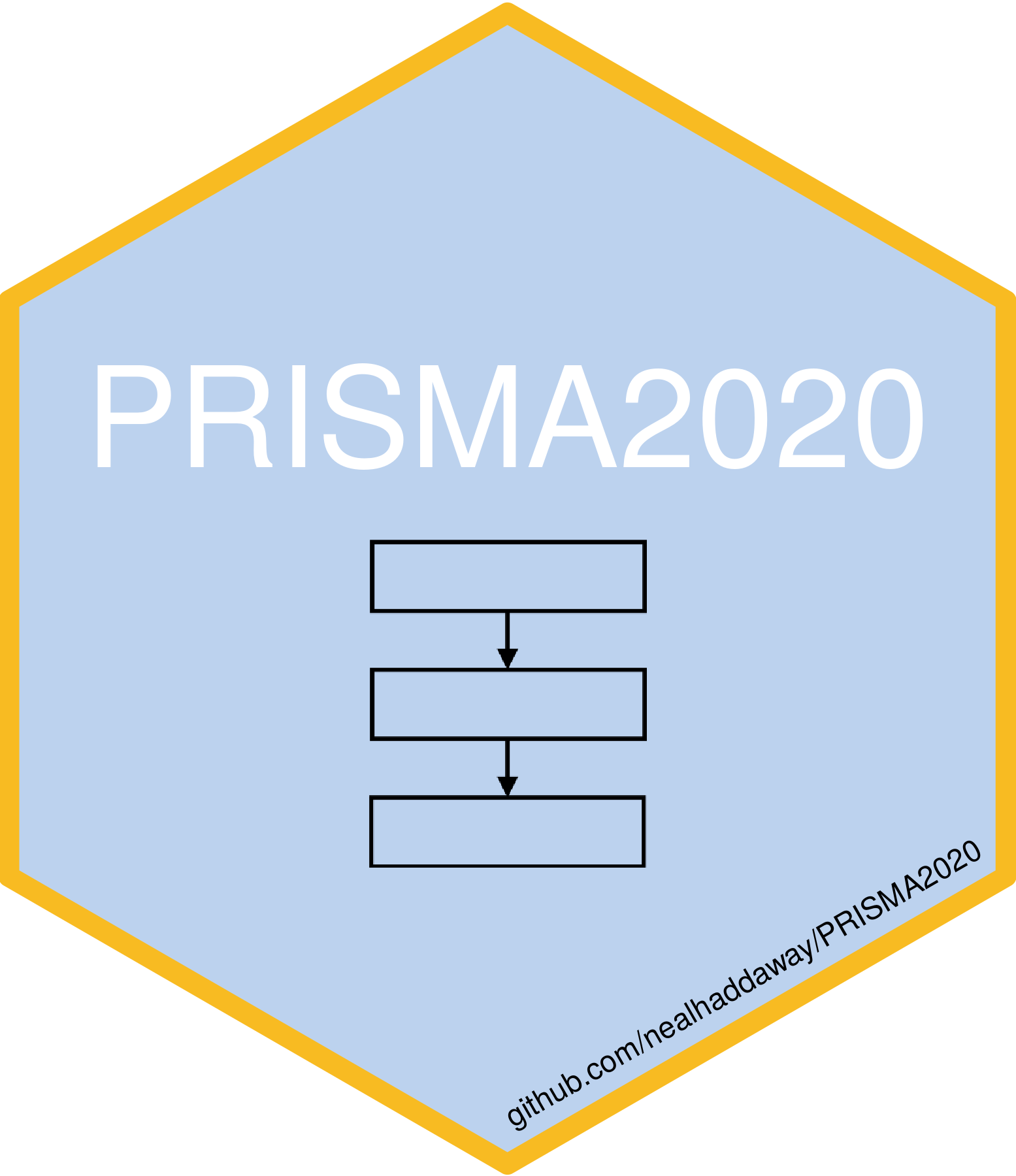 PRISMA2020
| R package and ShinyApp for making PRISMA2020 flow diagrams
PRISMA2020
| R package and ShinyApp for making PRISMA2020 flow diagrams
Flowcharts in evidence syntheses allow the reader to rapidly understand the core procedures used in a review and examine the attrition of irrelevant records throughout the review process. The PRISMA flow diagram published in 2009 describes the sources, numbers and fates of all identified and screened records in a review. PRISMA is currently in the final stages of a 2020 update, including a new version of the PRISMA flow diagram:
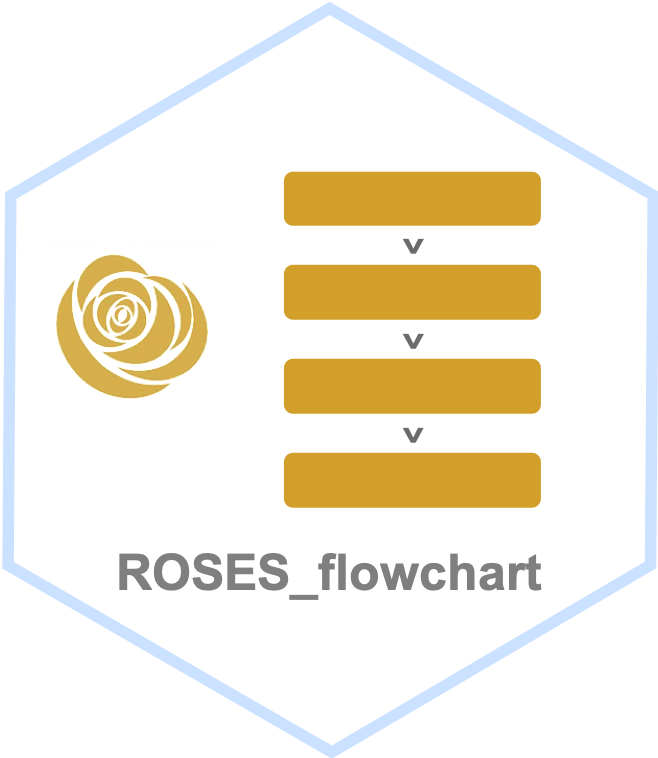 ROSESflowchart
| R package and ShinyApp for making ROSES flow diagrams
ROSESflowchart
| R package and ShinyApp for making ROSES flow diagrams
Systematic reviews should be described in a high degree of methodological detail. The ROSES reporting standards call for a high level of reporting detail in systematic reviews and systematic maps. An integral part of the methodological description of a review is a flow diagram/chart.
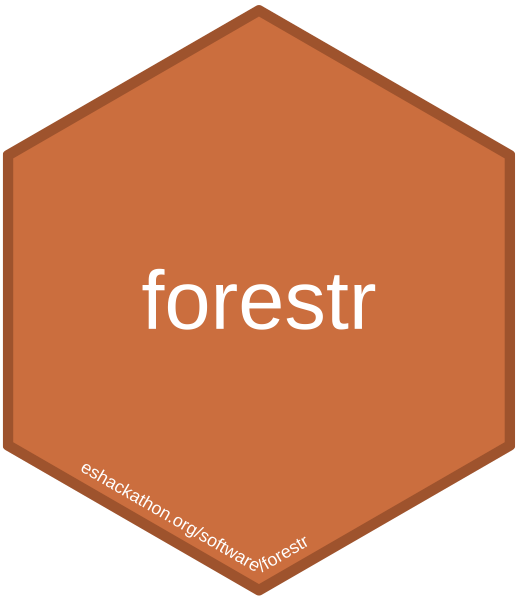 forestr
| Interactive forest plots
forestr
| Interactive forest plots
Forestr is an online platform for interactive visualisations of forest plots.

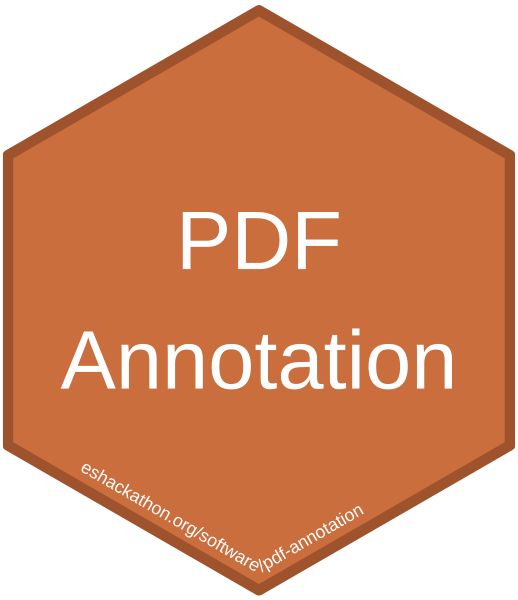 PDF annotation
| Coding and extracting data from PDFs
PDF annotation
| Coding and extracting data from PDFs
Extraction of content from articles, also known as coding, is an important part of evidence synthesis, especially for meta-analysis that require coding of multiple predefined parameters that are to be extracted from articles. This task is usually tedious therefore multiple people, potentially including external helpers may involve in coding. Software tools that assist efficient content extraction and also enable indexing of extracted context against the field labels, are highly desirable.

 Integration & Research Weaving
| Developing the ICASR Integration Engine
Integration & Research Weaving
| Developing the ICASR Integration Engine
Automation tools are speeding up the conduct of evidence synthesis. However, the uptake of these tools amongst reviewers are slow. Potential barriers to use are; 1) the tools often operate in isolation, 2) reviewers need to manipulate their citation data into a specific format to use the tool, and 3) different tools require different levels of programming or computing expertise.

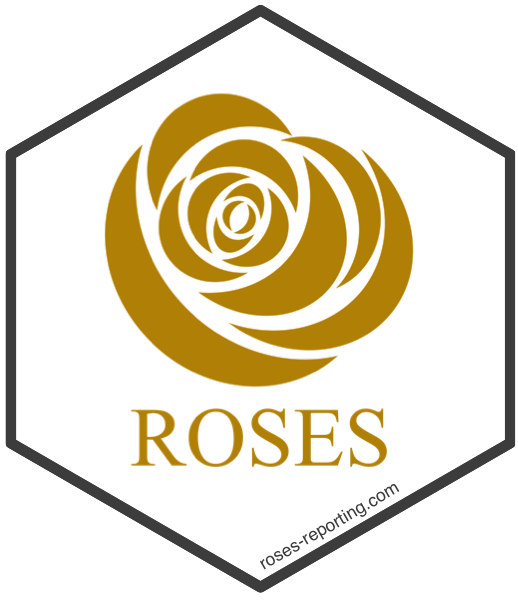 ROSES
| A website to support reporting of systematic evidence syntheses
ROSES
| A website to support reporting of systematic evidence syntheses
The ROSES forms were developed to improve the standards of evidence synthesis reporting and the transparency of the methods used for reviews and maps. The website (www.roses-reporting.com) aims to help adoption of the ROSES forms as well as improve the barrier to entry on using the ROSES forms in the least obtrusive way possible. In this project we’ve been working to improve the user experience, increasing efficiency and helping reviewers get the most out of the forms and website.

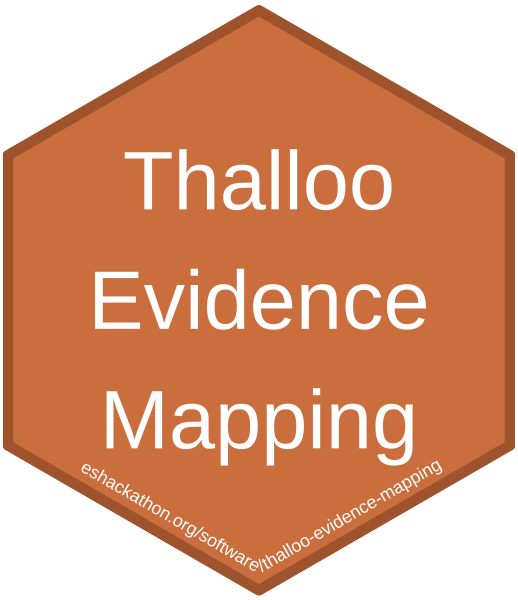 Thallo Evidence Mapping
| A Jekyll Theme for Dataset Visualisation
Thallo Evidence Mapping
| A Jekyll Theme for Dataset Visualisation
This project provides an easy-to-use template for web visualisations of environmental evidence maps. Thalloo is a combination of map components and a Jekyll theme that enable quick, simple, and customisable deployment of a web-based tool to display evidence maps. The framework has the following features: i) Visual clustering and display of categorical data. Given a display category (e.g. crop, commodity), and a custom colour palette, points are displayed on a map. Depending on the zoom level and extent, points are clustered dynamically for best display. Any cluster can be selected to see the full metadata about the evidence points it contains; ii) Filtering. Data can be filtered by property in real time, using multiple filters within a property, and using multiple properties to filter; iii) Slicing of dimensionality. Given continuous data (e.g. publication year, time, or an effect size), the map allows real time ‘slicing’ of the dataset along one or many dimensions; iv) Abstract and funding logos. Provide attribution to your funders and partner institutions by including their logos at the top of your map view.

